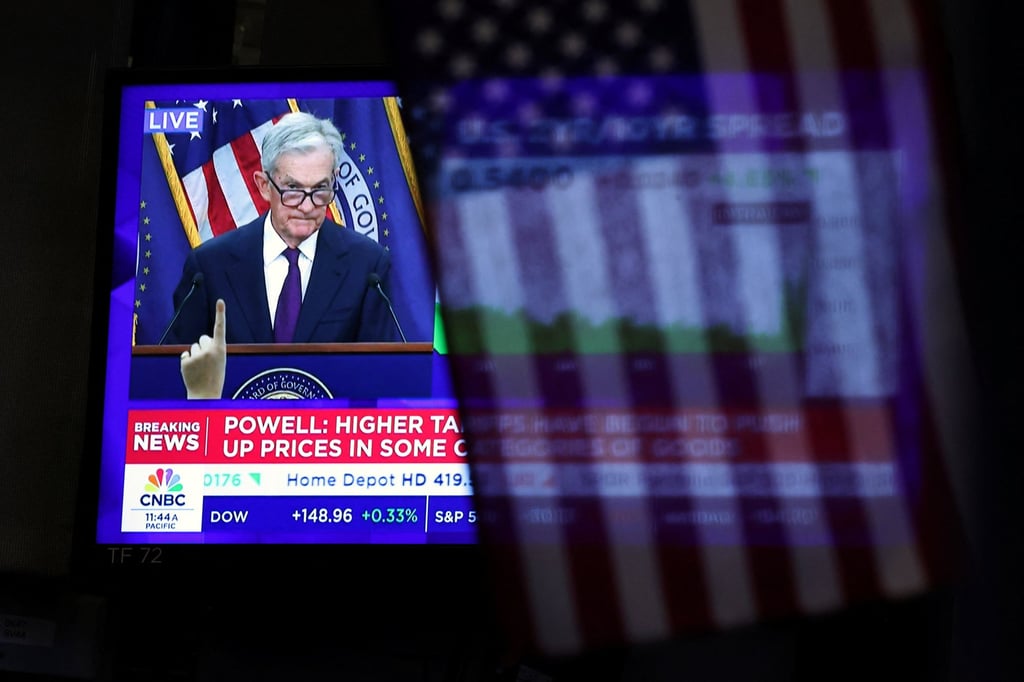For mainland China and Hong Kong, however, the impact could be less significant owing to fundamental and geopolitical strains, they added.
“Rarely do central banks do ‘one and done’,” said Pamela Ambler, head of capital markets research for Asia-Pacific at JLL. “This [Fed] cut is likely to kick off a series of reductions to base rates. We have already seen capital rotate back into property investments.”
JLL’s proprietary global bid intensity index, which gauges direct investment market competitiveness, recorded an uptick in the third quarter of the year. It was the first time the index had improved since Donald Trump returned to the White House in January, indicating that bidding intensity was getting competitive again after a period of challenges due to macroeconomic uncertainty in the second quarter, which was triggered by Trump’s tariffs on America’s trading partners.

Federal Reserve chair Jerome Powell announces the rate cut on September 17. Photo: Reuters
The Fed cut its target rate by 25 basis points to a range of 4 to 4.25 per cent during the sixth meeting of the Federal Open Market Committee last week. The Fed’s easing was widely expected and is seen as the start of a rate-cut cycle that is likely to extend into next year.
